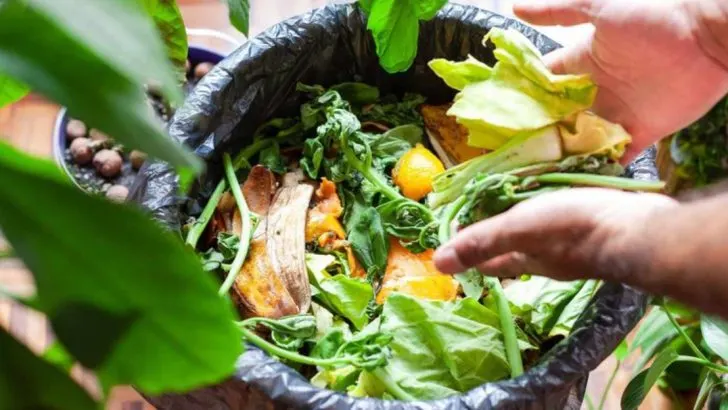Gardening is rewarding, but it can also be time-consuming and labor-intensive. The good news is that there are plenty of clever shortcuts that can help you save time, effort, and even money—without sacrificing the health and beauty of your plants.
In this article, we share 20 gardening shortcuts that actually work. From speeding up composting to efficient watering techniques and low-maintenance planting hacks, these expert-approved tips will make gardening easier and more enjoyable. If you’re looking for ways to work smarter, not harder, these shortcuts will help you grow a thriving garden with less effort!
Compost Tea Creation
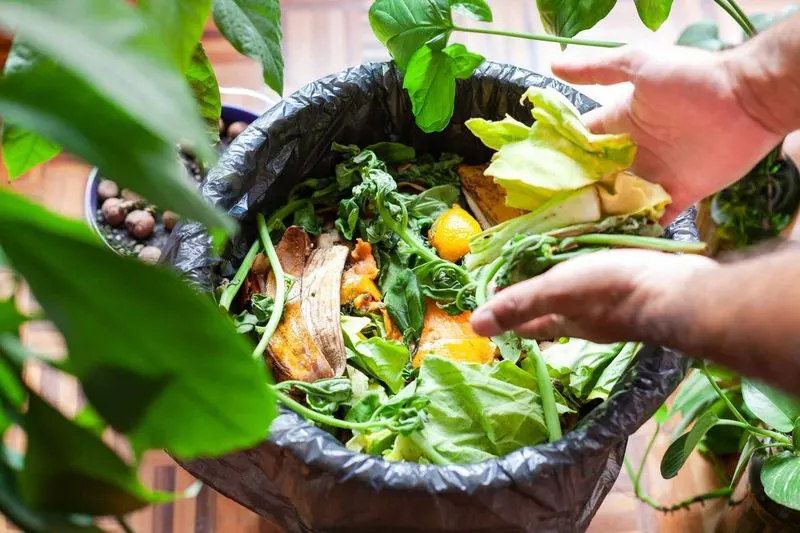
Enhancing plant growth with compost tea is a simple process. Begin by placing well-aged compost into a large bucket, then fill it with water. Allow the mixture to steep for a few days, stirring occasionally to aerate it. Strain the liquid and apply it to your plants. This natural brew promotes healthier soil and robust plants. The nutrients in the tea are readily absorbed, offering a quick boost to your garden. Regular use can lead to noticeable improvements in plant vitality and yield without resorting to chemical fertilizers.
Mulching Magic

Retaining moisture and suppressing weeds is made easier with mulch. Spread a thick layer around plants to protect the soil. Organic options like straw or bark break down over time, enriching the soil. This not only conserves water but also reduces the need for frequent weeding. The protective barrier keeps roots cool and minimizes erosion. By choosing the right mulch, your garden becomes more self-sustaining and requires less maintenance overall. It’s a simple yet effective way to enhance your gardening routine.
Self-Watering Planters
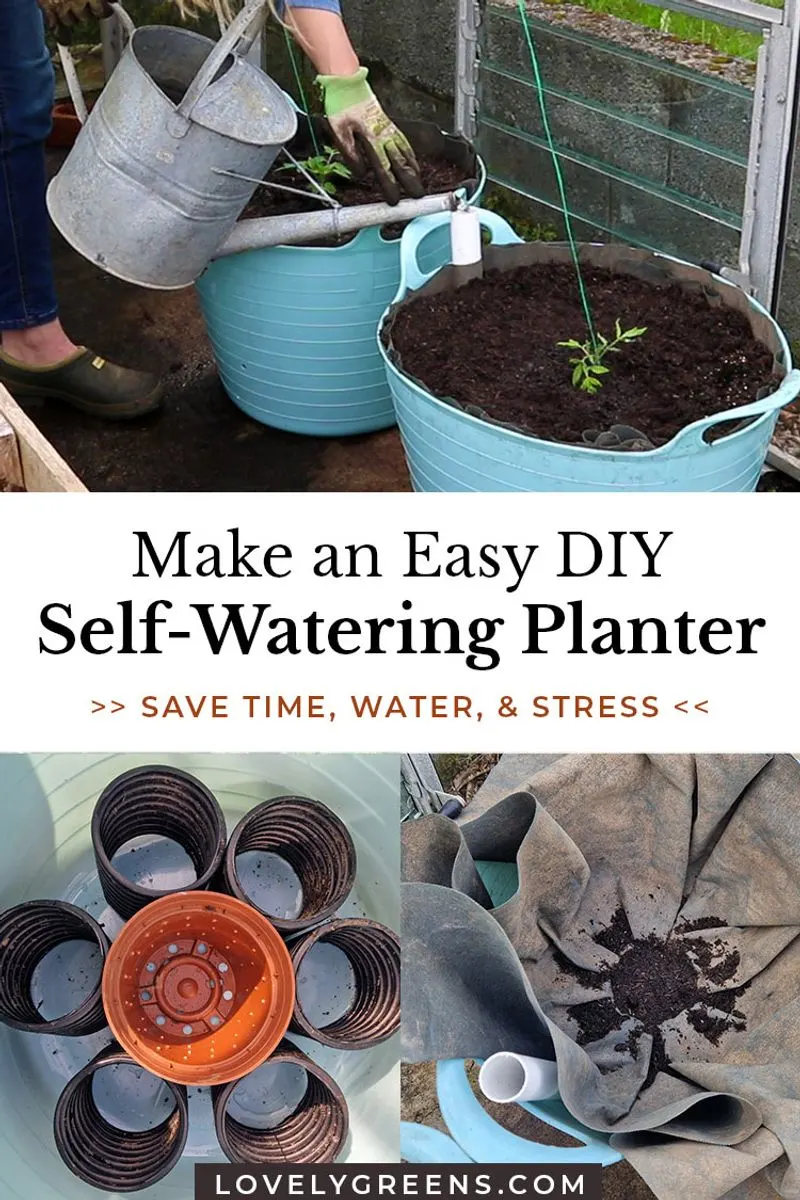
Keeping plants hydrated is effortless with self-watering planters. Designed with a reservoir at the base, they supply water to roots as needed. This ensures consistent moisture levels, reducing the risk of overwatering or underwatering. Ideal for busy gardeners, these planters require less frequent watering. They also support healthier plant growth by preventing stress caused by irregular watering. Available in various sizes and styles, they fit seamlessly into any garden design. Enjoy vibrant blooms and lush greenery with minimal effort.
Eggshell Seed Starters
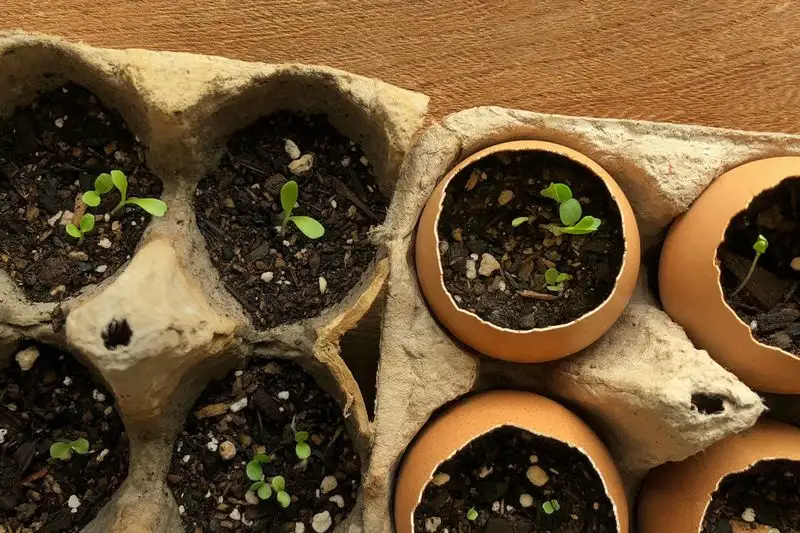
Starting seeds in eggshells is an eco-friendly method that boosts seedling health. Cleaned and halved eggshells offer a calcium-rich environment for seeds to germinate. Place them in an egg carton for stability, and plant seeds in each shell. Once seedlings are ready to transplant, the entire shell can be planted into the soil. This not only provides nutrients but also minimizes transplant shock. It’s a sustainable way to recycle kitchen waste while nurturing young plants. Plus, it’s a fun project for kids to enjoy.
Rainwater Harvesting
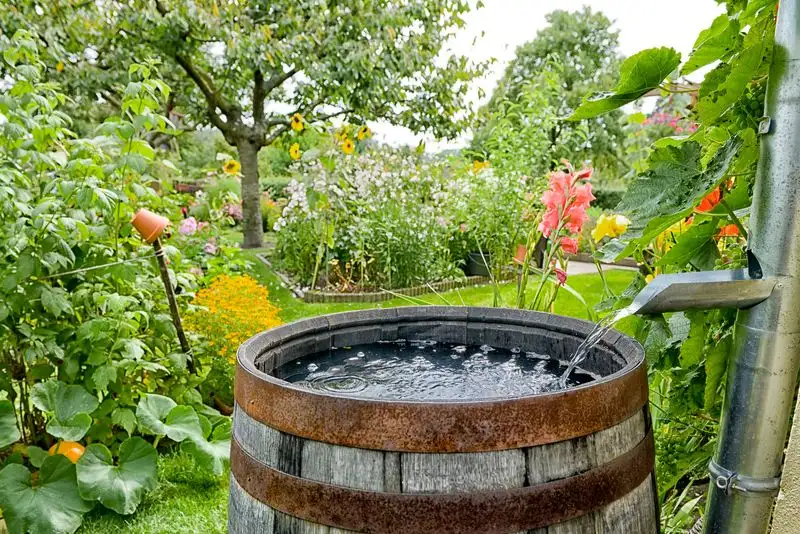
Conserving water and reducing utility costs is achievable with rainwater harvesting. By collecting rain in barrels placed under downspouts, you create a reserve for watering plants. This system is especially beneficial during dry spells, ensuring gardens remain hydrated without reliance on municipal water. Collected rainwater is free from chemicals found in tap water, promoting healthier plant growth. Setting up is straightforward and can be customized to suit garden size. It’s a sustainable practice that benefits both the environment and your garden.
Perennial Plant Choice
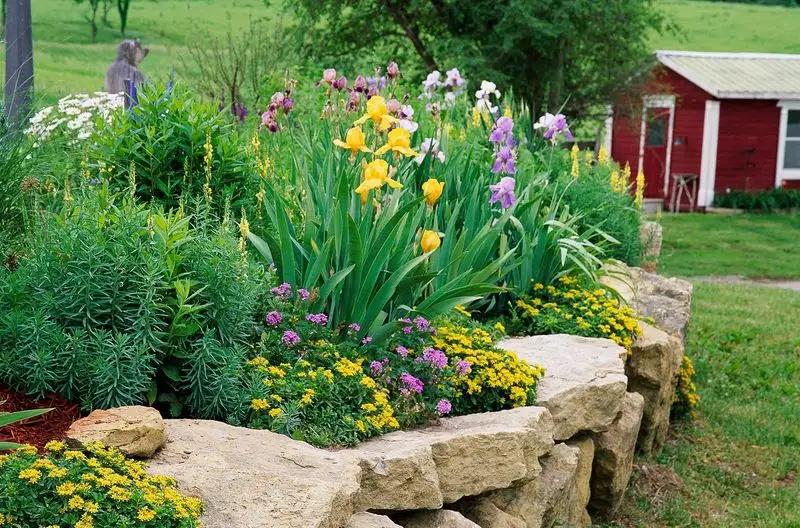
Choosing perennials over annuals cuts down on planting time each year. These plants return after each dormant season, providing consistent beauty and structure to gardens. Consider incorporating a mix of flowering and foliage perennials for varied interest. Once established, they require less maintenance and are often more drought-resistant. With a bit of research, you can select perennials that suit your climate and soil conditions. Enjoy a garden that evolves over the years with minimal replanting, offering a solid foundation for your landscape.
Companion Planting
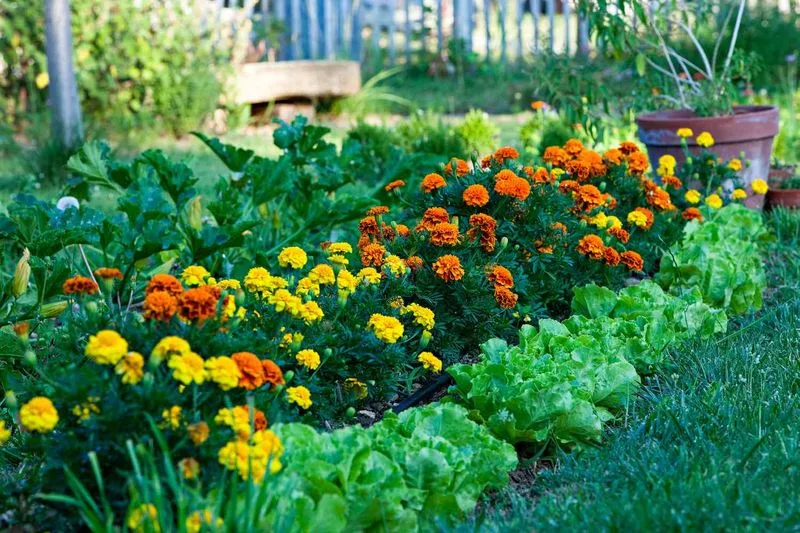
Partnering certain plants together can enhance growth and deter pests. Companion planting leverages natural plant relationships to boost productivity. For example, marigolds repel nematodes when planted near tomatoes. Basil enhances the flavor of tomatoes while repelling flies. This method encourages biodiversity, reducing the need for chemical interventions. It also maximizes space, allowing more plants to thrive in a given area. By choosing compatible plant pairings, you create a balanced and resilient garden ecosystem. It’s a strategic approach that benefits all involved.
Raised Bed Gardening
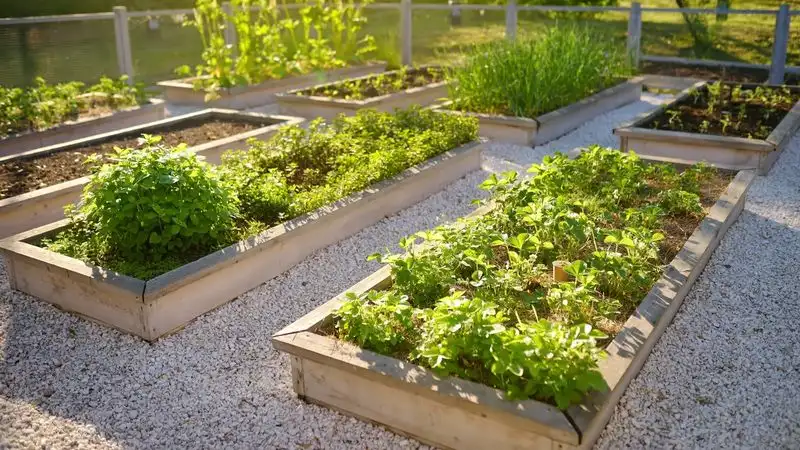
Utilizing raised beds can simplify many gardening tasks. Elevated soil warms faster in spring, allowing for earlier planting. They offer excellent drainage, reducing waterlogging risk. With defined boundaries, raised beds prevent soil compaction and make weed control easier. They also provide a comfortable working height, reducing strain on the back and knees. Constructed from wood or other materials, they can be customized to fit your space. Raised beds are perfect for maximizing productivity in small areas, making them an efficient choice for many gardeners.
Succession Planting
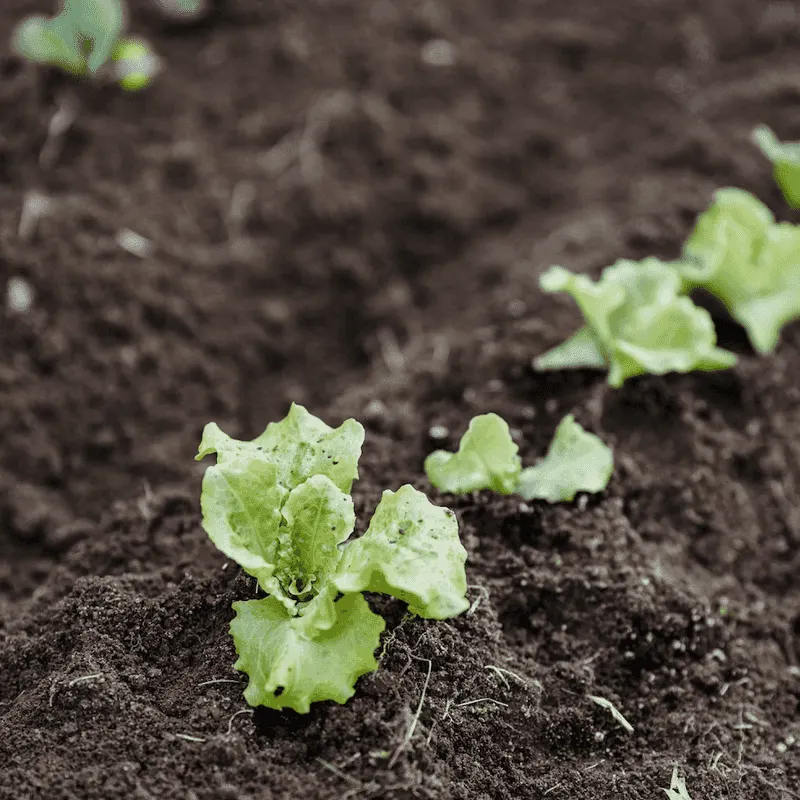
Optimize your growing season with succession planting. This technique involves planting crops in intervals to ensure continuous harvests. As one crop finishes, another is ready to take its place. This approach maximizes garden yield and keeps the space productive. Choose fast-growing varieties and stagger planting times for best results. Succession planting requires some planning, but the payoff is fresh produce throughout the season. It also reduces empty space in the garden, making full use of available resources. Enjoy a steady supply of vegetables with this method.
Drip Irrigation System
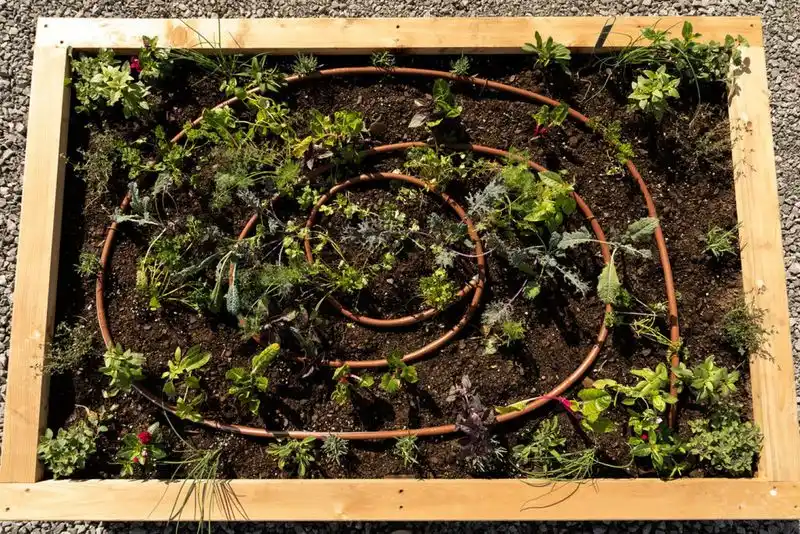
Efficient water use is key to a healthy garden, and drip irrigation excels at this. By delivering water directly to the plant roots, it minimizes evaporation and runoff. This system conserves water while ensuring plants receive the right amount. Drip irrigation can be customized to fit any garden layout, accommodating various plant needs. It’s particularly effective in dry climates where water conservation is crucial. With proper setup, it reduces manual watering efforts and enhances plant health. It’s a sustainable strategy for modern gardening.
Planting Ground Covers

Ground covers are excellent for filling bare spots in gardens, suppressing weeds, and reducing erosion. These low-growing plants create a lush carpet that requires minimal maintenance. Varieties such as creeping thyme or sedum add visual interest while providing functional benefits. Ground covers are ideal for difficult-to-mow areas, offering a neat appearance without the need for regular upkeep. They also improve soil health by retaining moisture and preventing nutrient loss. Incorporating them into the garden enhances both aesthetics and functionality. It’s a practical choice for busy gardeners.
Using Shade Cloth
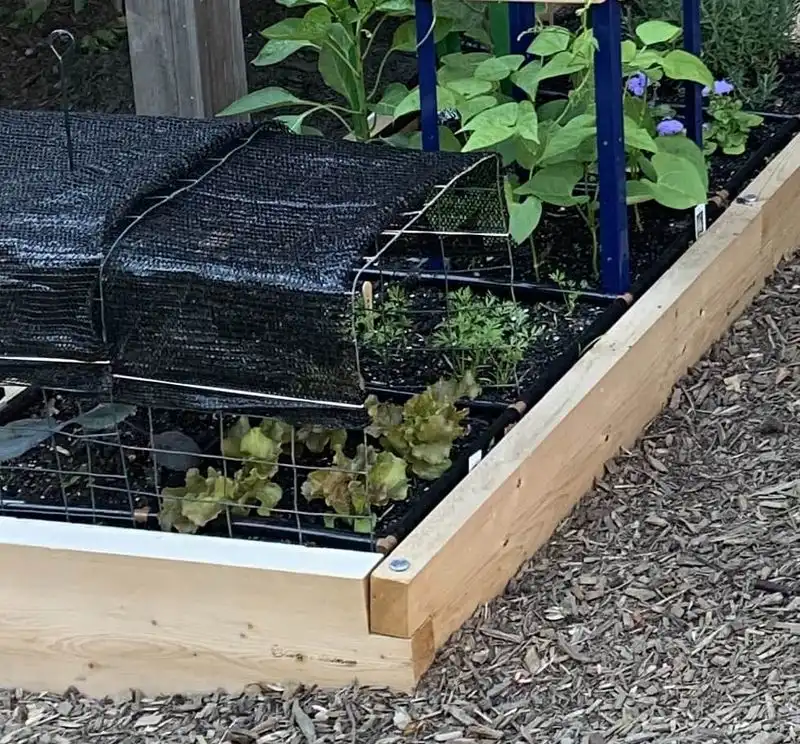
Protecting plants from extreme heat is simple with shade cloth. This fabric filters sunlight, reducing temperature and UV exposure. It’s particularly useful during heat waves or in regions with intense sun. The cloth is easy to install and can be adjusted to provide varying degrees of shade. By reducing plant stress, it promotes healthier growth and prevents wilting. Shade cloth is versatile, fitting over existing structures or standalone frames. It’s a valuable tool for maintaining plant health in challenging climates, offering peace of mind for gardeners.
Vertical Gardening Techniques
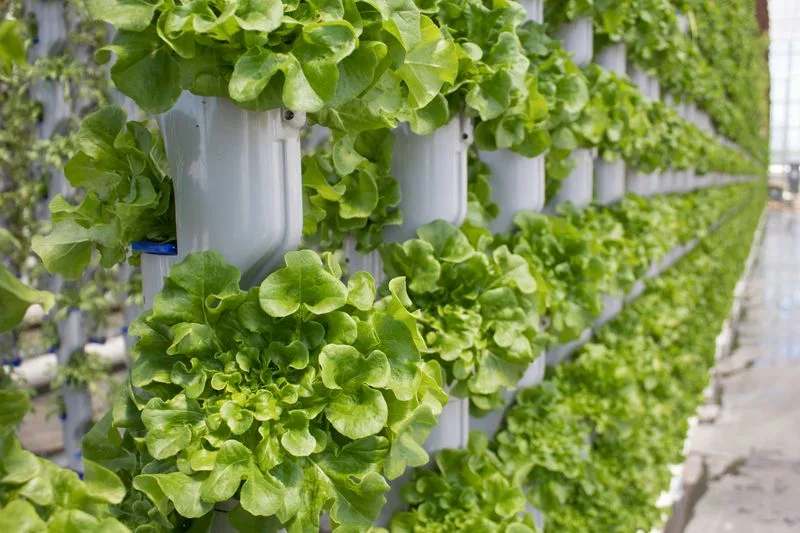
Maximize space with vertical gardening, perfect for small areas. By growing plants upward, you free up ground space while increasing plant variety. Techniques include using trellises, wall-mounted planters, or hanging pots. This approach not only maximizes space but also adds visual interest. Vertical gardens can be customized to fit any design, making them suitable for balconies, patios, or small yards. They also improve air circulation, reducing the risk of disease. Embrace creativity and functionality with vertical gardening, transforming limited spaces into abundant gardens.
Fertilizer Spikes Usage
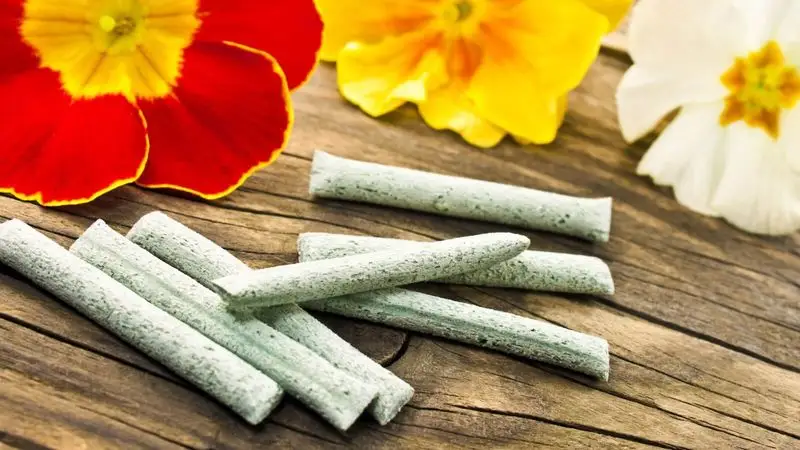
Streamline fertilization with fertilizer spikes, offering a slow-release solution for plant nutrition. Inserted into the soil, they provide consistent nutrients over time, reducing the need for frequent applications. This method ensures even distribution and minimizes waste. Fertilizer spikes are ideal for potted plants, trees, and shrubs. They’re easy to use, requiring minimal effort for maximum impact. By maintaining nutrient levels, they promote healthy growth and vibrant blooms. It’s a convenient option for busy gardeners, offering peace of mind and effective results.
Quick Composting Methods
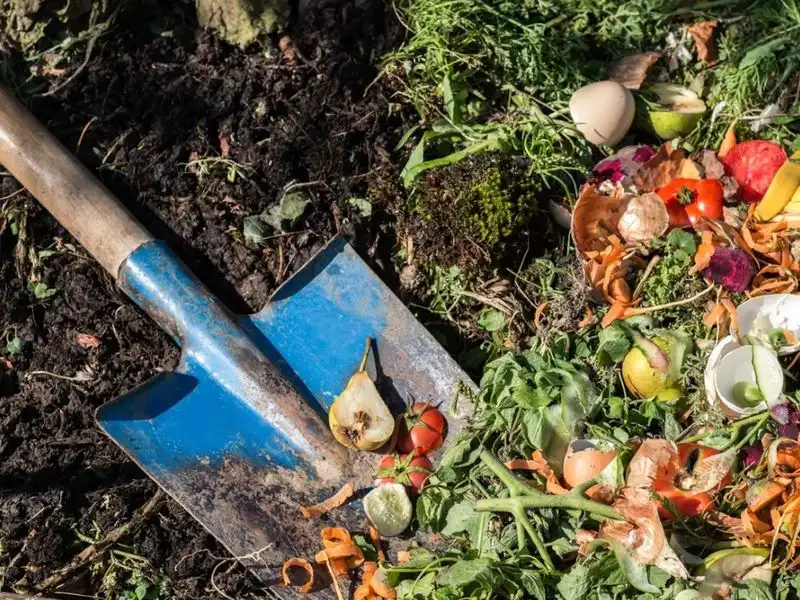
Accelerate compost production with quick composting methods. Tools like tumbler composters speed up the breakdown process by allowing easy aeration. Begin by adding balanced layers of green and brown materials. Regular turning and maintaining moisture levels promote rapid decomposition. Quick composting transforms kitchen scraps and garden waste into rich soil amendments efficiently. This practice reduces waste and enhances soil fertility. It’s an eco-friendly approach that provides valuable compost in weeks rather than months. Perfect for gardeners seeking sustainable solutions without the wait.
Gardening Apps for Planning

Leverage technology with gardening apps to streamline planning and management. These apps offer features like plant identification, care reminders, and layout design. By inputting your garden details, they provide personalized advice and tracking. This helps in organizing tasks and optimizing plant care. Gardening apps are perfect for beginners and seasoned gardeners alike, offering guidance and new ideas. They simplify complex tasks, making gardening more accessible and enjoyable. Explore various apps to find one that suits your needs and enhances your gardening experience.
Planting Bulbs in Layers
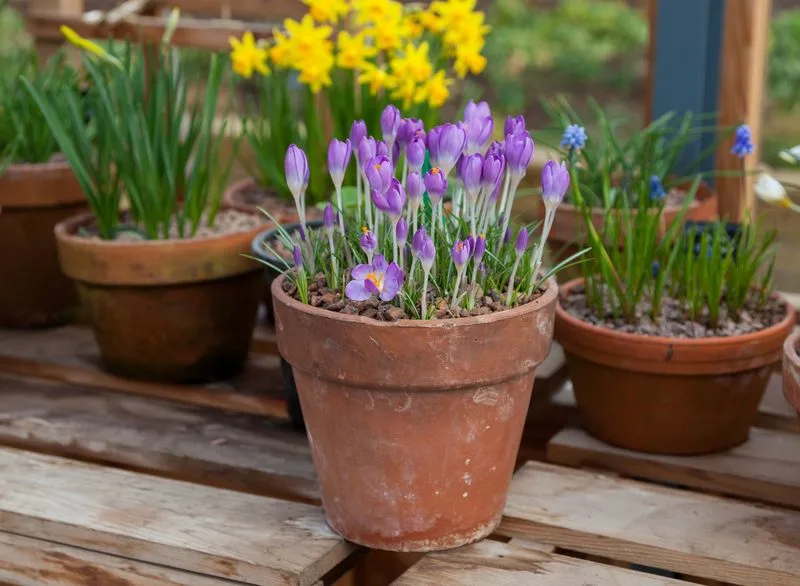
Create stunning displays by planting bulbs in layers, also known as ‘lasagna planting.’ This technique allows multiple flowers to bloom consecutively in the same space. Start with larger bulbs at the bottom, followed by smaller ones on top. As each layer blooms at different times, the display remains vibrant for longer periods. This method is ideal for pots and small garden beds, maximizing floral impact in limited spaces. By choosing compatible bulb varieties, you ensure continuous color and interest throughout the growing season.
Using Insecticidal Soap

Combat pests naturally with insecticidal soap, an effective and eco-friendly solution. It’s made from fatty acids that penetrate and disrupt insect membranes. Safe for most plants, it targets soft-bodied insects like aphids and spider mites without harming beneficial insects. Regular application keeps infestations under control, promoting healthier plant growth. Insecticidal soap is easy to make or purchase, providing a quick response to pest issues. It’s a gentle yet powerful tool for maintaining garden health without resorting to harsh chemicals.
Sunken Beds for Arid Regions
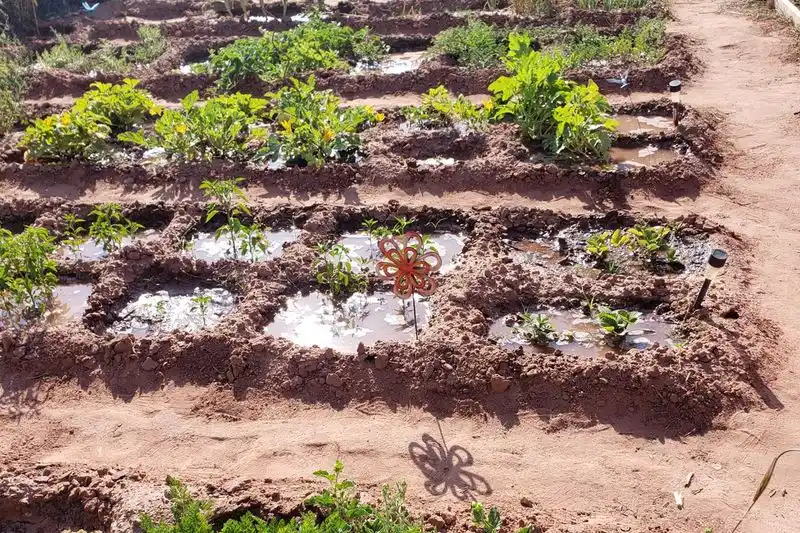
Optimize water use in dry areas with sunken beds. These beds are recessed below ground level, trapping moisture and reducing evaporation. This design is particularly beneficial in arid regions, where water conservation is crucial. By maintaining a cooler, more stable environment, sunken beds support resilient plant growth. They also protect against harsh winds and temperature fluctuations. This method enhances soil structure and reduces irrigation needs. For gardeners in challenging climates, sunken beds offer a practical solution to water scarcity.
Drought-Tolerant Plant Selection
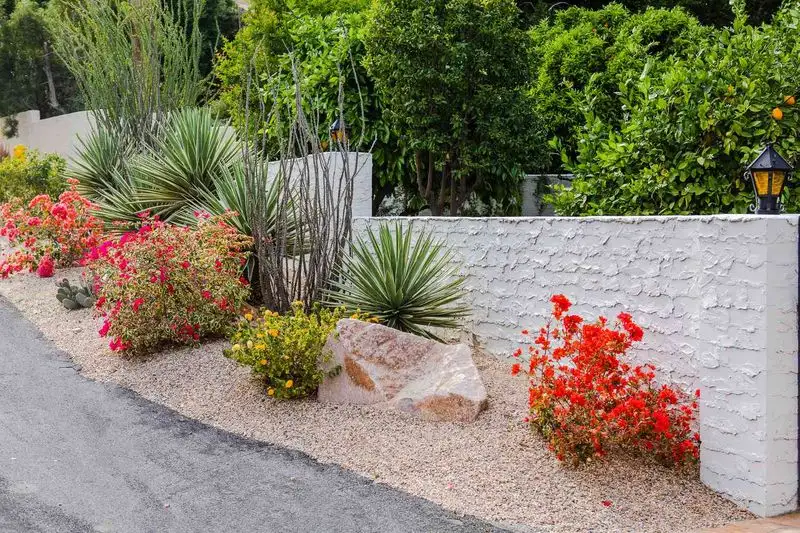
Selecting drought-tolerant plants ensures a thriving garden with minimal water. These plants are adapted to survive with less moisture, making them ideal for areas prone to dry spells. Varieties like succulents, lavender, and ornamental grasses require less maintenance and offer stunning displays. Incorporating them into your landscape reduces water usage and supports sustainable gardening practices. By carefully choosing the right plants, you create a diverse and resilient garden that withstands the challenges of a changing climate. It’s a smart choice for both the environment and your peace of mind.

